Ch 1: The Cell (18%)
1/77
There's no tags or description
Looks like no tags are added yet.
Name | Mastery | Learn | Test | Matching | Spaced |
|---|
No study sessions yet.
78 Terms
lysosomes
Eukaryotic Cells
Membrane-bound structures containing hydrolytic enzymes that are capable of breaking down many different substrates, including substances ingested by endocytosis and cellular waste products.
rough ER
Eukaryotic Cells
A series of interconnected membranes contiguous with the nuclear envelope that is studded with ribosomes, which permit the translation of proteins destined for secretion directly into its lumen.
smooth ER
Eukaryotic Cells
A series of interconnected membranes contiguous with the nuclear envelope that lacks ribosomes and is utilized primarily for lipid synthesis and the detoxification of certain drugs and poisons.
peroxisomes
Eukaryotic Cells
Membrane-bound structures containing hydrogen peroxide and serve to break down very long chain fatty acids via beta-oxidation. They also participate in the synthesis of phospholipids and contain some of the enzymes involved in the PPP.
microfilaments, microtubules, intermediate filaments
Eukaryotic Cells
name the 3 components of the cytoskeleton
microfilaments
Eukaryotic Cells
A component of the cytoskeleton made up of polymerized rods of actin, which are organized into bundles and networks and are resistant to both compression and fracture, providing structure for the cell. It can also use ATP to generate force for movement by interacting with myosin, such as in muscle contraction. It also plays a role in cytokinesis, or the division of materials between daughter cells.
microfilaments
Eukaryotic Cells
A component of the cytoskeleton. Hollow polymers of tubulin proteins. They radiate throughout the cell, providing the primary pathways along which motor proteins carry vesicles. Examples of motile structures composed of this include cilia (only seen in eukaryotes) and eukaryotic flagella.
intermediate filaments
Eukaryotic Cells
A component of the cytoskeleton. A diverse group of filamentous proteins such as keratin. Many are involved in cell-cell adhesion or maintenance of the overall integrity of the cytoskeleton. They are able to withstand a tremendous amount of tension, increasing the structural rigidity of the cell. They also help anchor other organelles, like the nucleus. Their identity of the type within a cell is specific to the cell and tissue type.
epithelial, connective, muscle, nervous
Eukaryotic Cells
name the 4 types of tissues
epithelial tissue
Eukaryotic Cells
A type of tissues that cover the body and line its cavities, providing a means for protection against invasion and desiccation. In some organs, they are involved in absorption, secretion, and sensation. In most organs, these cells constitute the parenchyma, or the functional parts of the organ. An example are hepatocytes in the liver.
connective tissue
Eukaryotic Cells
A type of tissue that supports the body and provides a framework for epithelial cells to carry out their function. They are the main contributes to the stroma or support structure. Most cells in these tissues produce and secrete materials such as collagen and elastin to form the extracellular matrix. Some examples are bone, cartilage, tendons, ligaments, adipose, and blood.
Nucleoid Region
Prokaryotic Cells
Houses the circular DNA.
mutualistic symbiotes
Prokaryotic Cells
Some bacteria are ___________ __________, meaning that both humans and the bacteria benefit from the relationship. An example is the bacteria in the human gut that produces vitamin K and biotin which prevents the growth of harmful bacteria.
pathogens, parasites
Prokaryotic Cells
Some bacteria are __________ or __________, meaning they provide no advantage or benefit to the host, but rather cause disease. An example is Chlamydia Trachomatis which lives inside the cells of the reproductive tract and causes a common STI.
Cocci
Prokaryotic Cells
Spherical bacteria.
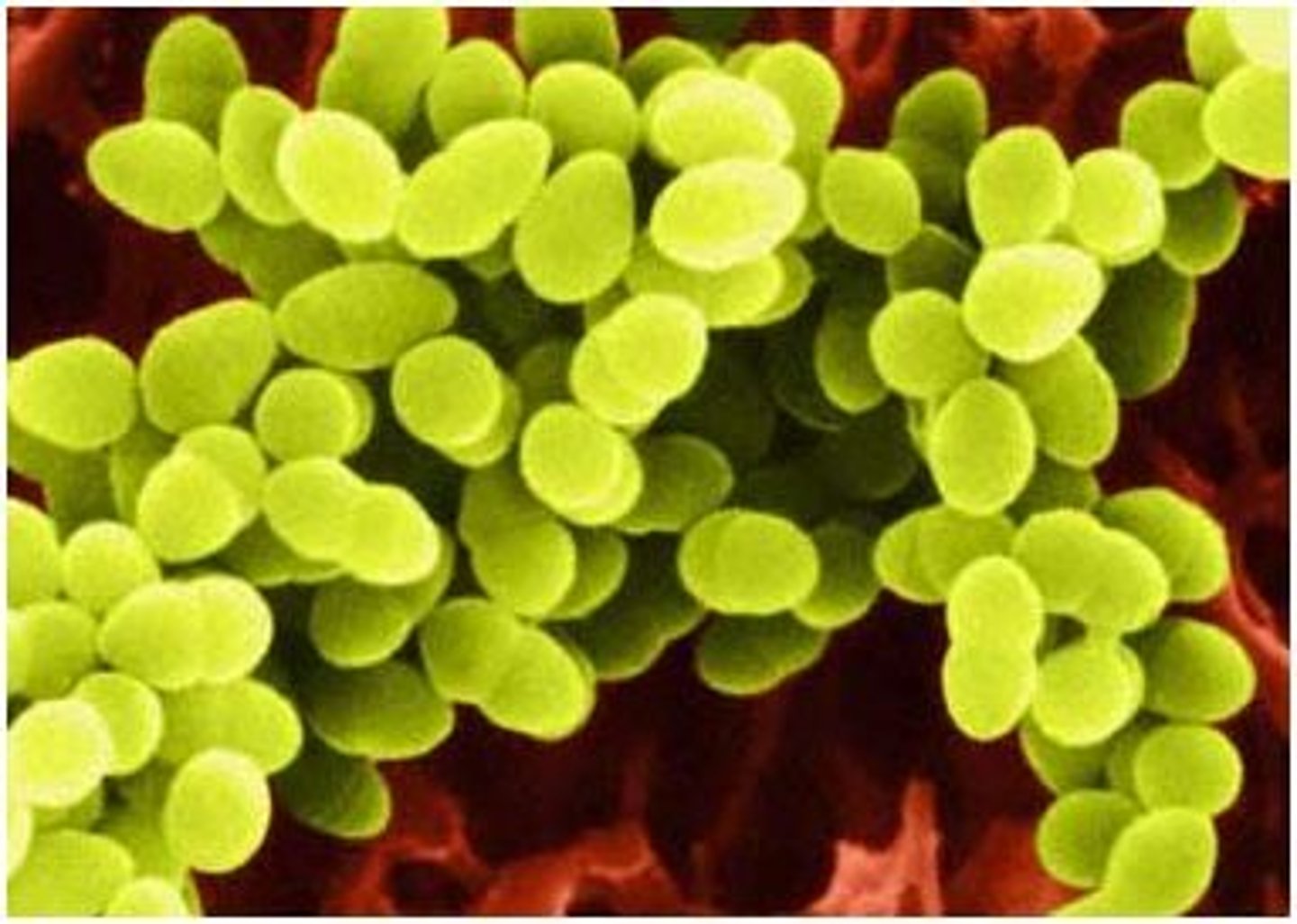
Bacilli
Prokaryotic Cells
Rod-shaped bacteria.
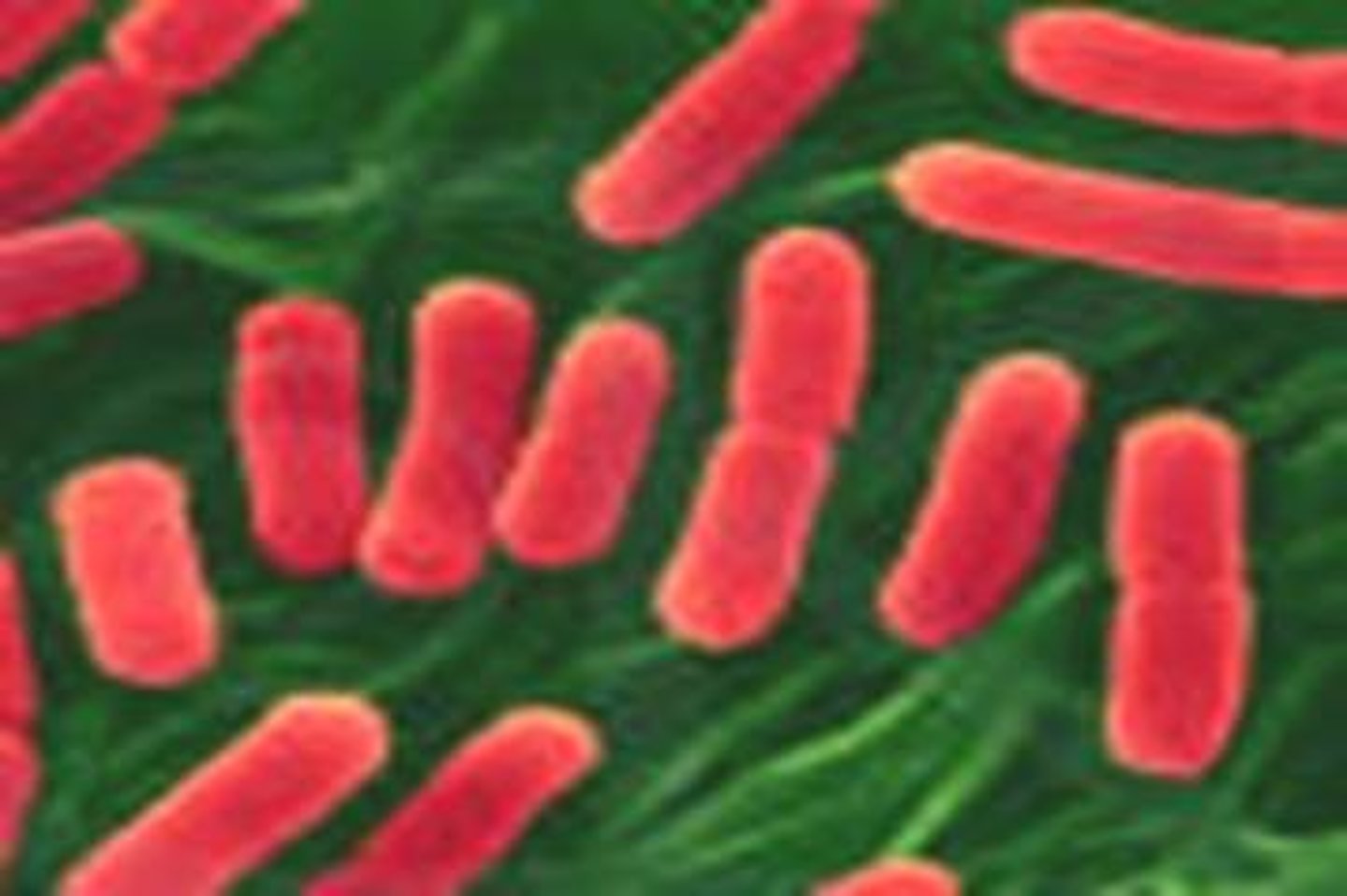
Spirilli
Prokaryotic Cells
Spiral-shaped bacteria.
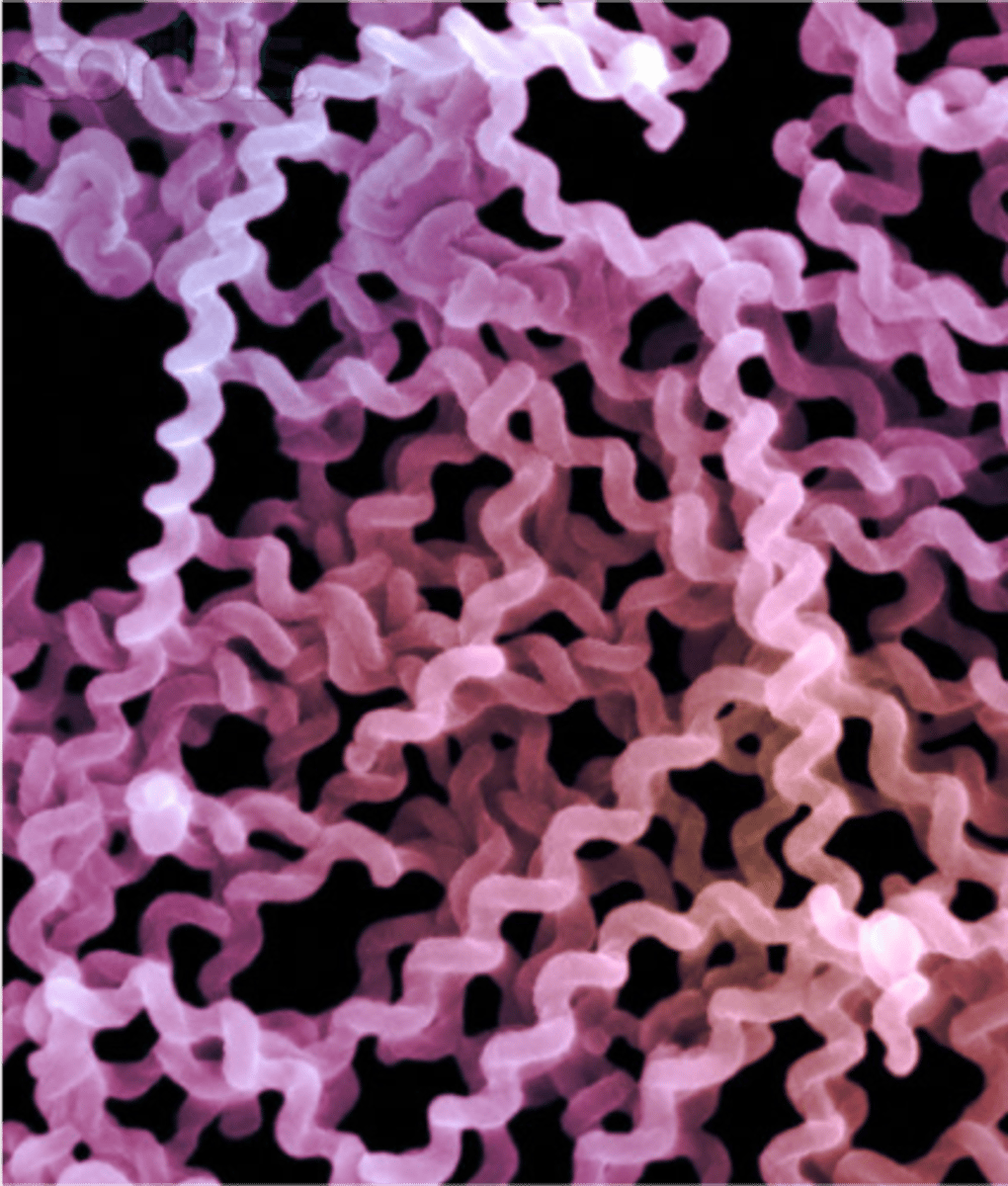
Obligate Aerobes
Prokaryotic Cells
Bacteria that require oxygen for metabolism.
Anaerobes
Prokaryotic Cells
Bacteria that don't use oxygen for metabolism (such as using fermentation).
Obligate Anaerobes
Prokaryotic Cells
Bacteria that cannot survive in an oxygen-containing environment.
Facultative Anaerobes
Prokaryotic Cells
Bacteria that can use oxygen for metabolism but usually toggle back and forth depending on what is available.
Aerotolerant Anaerobes
Prokaryotic Cells
Bacteria that cannot use oxygen for metabolism, but can survive in an oxygen-present environment.
multicellular, cell wall, cell membrane, bacterial envelope
Prokaryotic Cells
Because prokaryotes do not form _____________ organisms, each bacterium is responsible for protecting itself from the environment. To do this they employ a ____ _____ and ____ ________, which together form the ___________ __________.
Gram-Positive
Prokaryotic Cells
the type of bacterial cell wall that absorbs the crystal violet and produces a deep purple appearance during the Gram staining process; cell wall consists of a thick layer of peptidoglycan (20-80nm); cell walls also contains lipoteichoic acid, the substance that triggers the human immune system
Gram-Negative
Prokaryotic Cells
the type of bacterial cell wall that does not absorb the crystal violet, but instead absorbs the safranin counterstain, producing a pink-red appearance during the Gram staining process; cell wall consists of a thin layer of peptidoglycan (7-8nm); cell walls also contain lipopolysaccharides, which trigger the human immune system and inflammatory response more than lipoteichoic acid; periplasmic space separates the cell membrane and cell wall
Chemotaxis
Prokaryotic Cells
The ability for cells to move toward or away from environmental chemicals such as food or host immune cells; bacteria utilize their flagella to do this
Flagella
Prokaryotic Cells
long, whip-like structures that can be used for propulsion
Basal Body, Filament, Hook
Prokaryotic Cells
Three components of flagella.
Filament
Prokaryotic Cells
Hollow component of flagella composed of flagellin.
Basal Body
Prokaryotic Cells
Complex structure that connects the flagella to the cytoplasmic membrane and it acts as the motor.
Hook
Prokaryotic Cells
Flagella structure that connects the filament to the basal body so that as the basal body rotates, it exerts torque on the filament.
Prokaryotic DNA
Prokaryotic Cells
Form a single circular chromosome containing the genetic material that is necessary for survival.
Plasmid
Prokaryotic Cells
Contain the extra bacterial DNA that is not necessary for immediate survival but may encode for things that allow for antibiotic resistance.
cell membrane
Prokaryotic Cells
Where the ETC is located for the generation of ATP
Binary Fission
Prokaryotic Cells
Asexual reproduction method of prokaryotes.
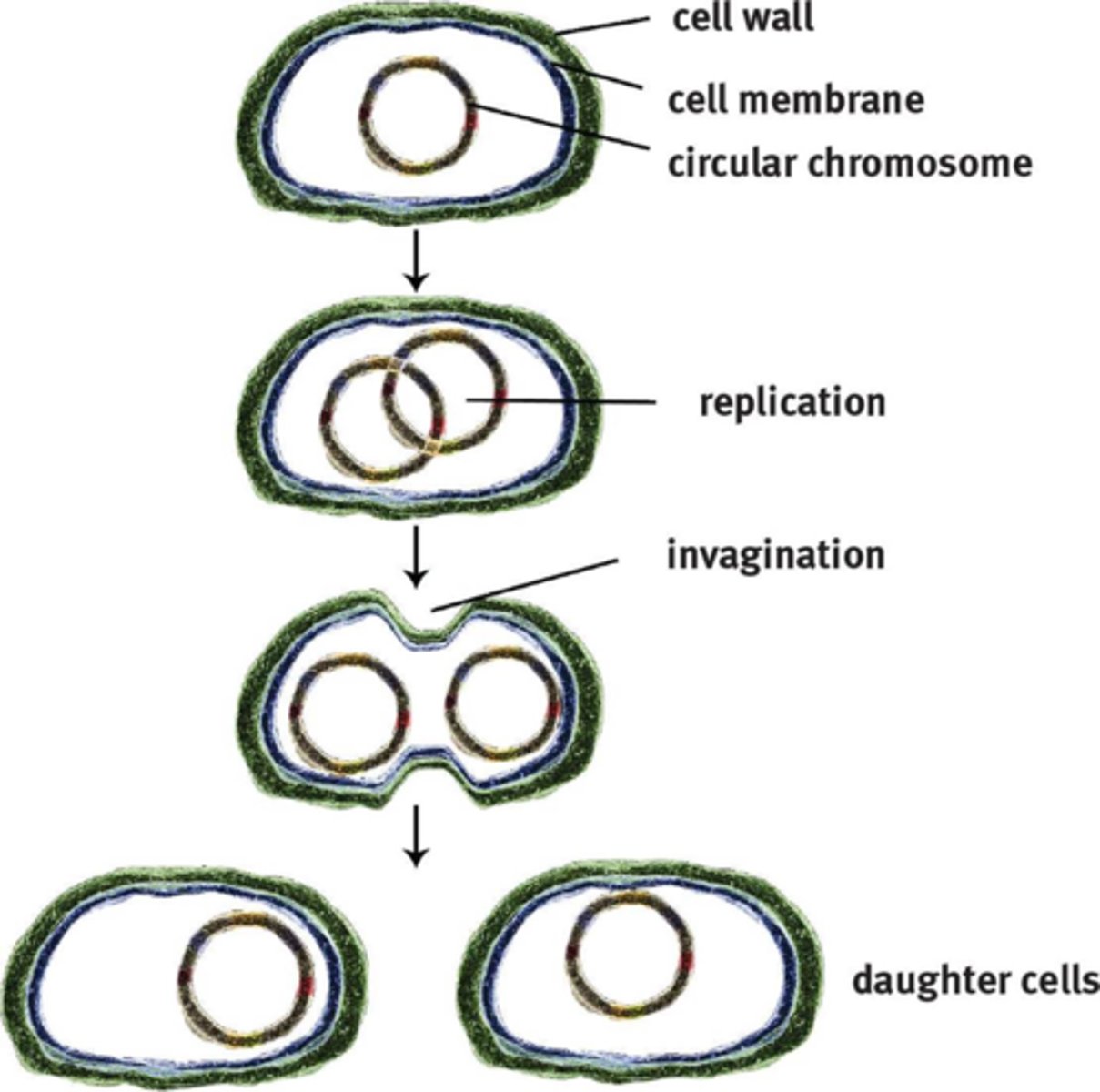
Virulence Factors
Prokaryotic Cells
Traits that make bacteria more pathogenic; may be carried by plasmids
Episomes
Prokaryotic Cells
A subset of plasmids that can incorporate into the genome of the bacterium.
Transformation, Conjugation, Transduction
Prokaryotic Cells
name the 3 mechanisms through which bacteria recombine genes to increase bacterial diversity
Transformation
Prokaryotic Cells
a method of bacterial genetic recombination; the process of incorporating foreign genetic material (usually from other bacteria) into the host genome; many gram-negative rods are capable of doing this
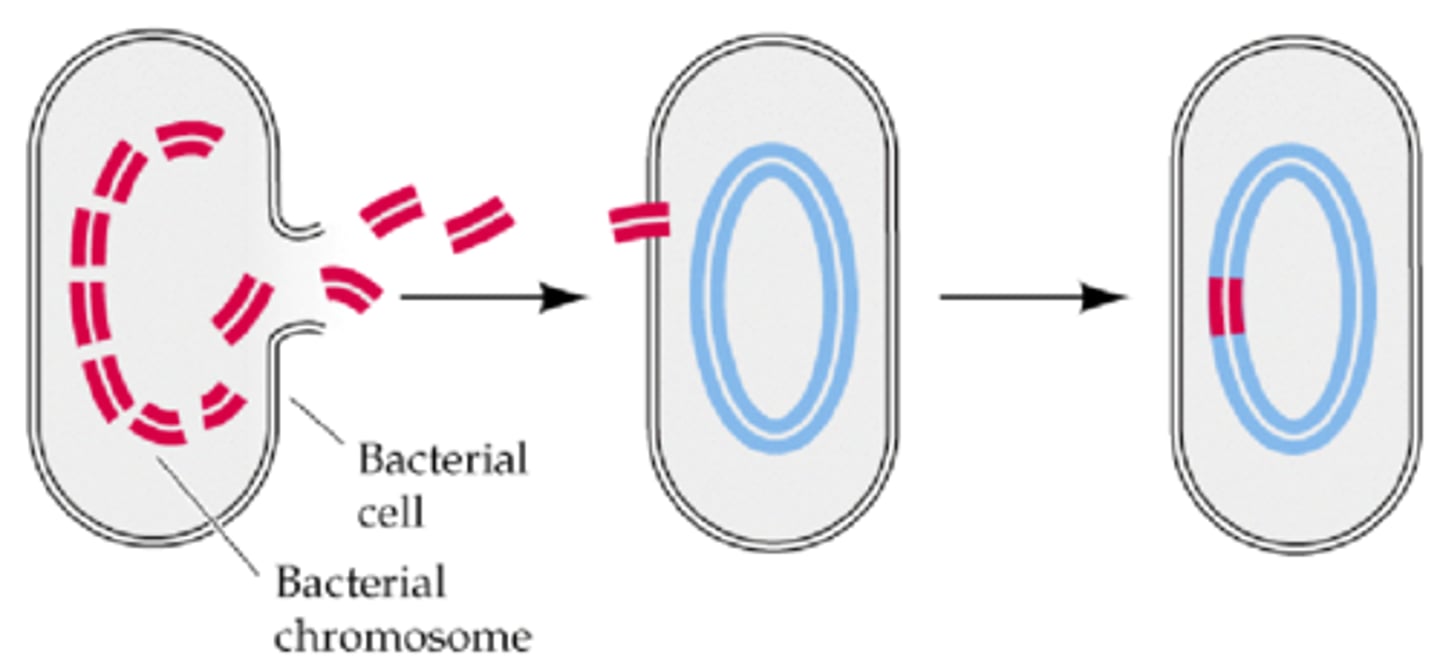
Conjugation
Prokaryotic Cells
a method of bacterial genetic recombination; the bacterial form of mating (sexual reproduction); involves two cells forming a type of bridge between them that facilitates the unidirectional transfer of genetic material from the donor male (+) to the recipient female (-); this method allows for rapid acquisition of antibiotic resistance or virulence factors throughout a colony
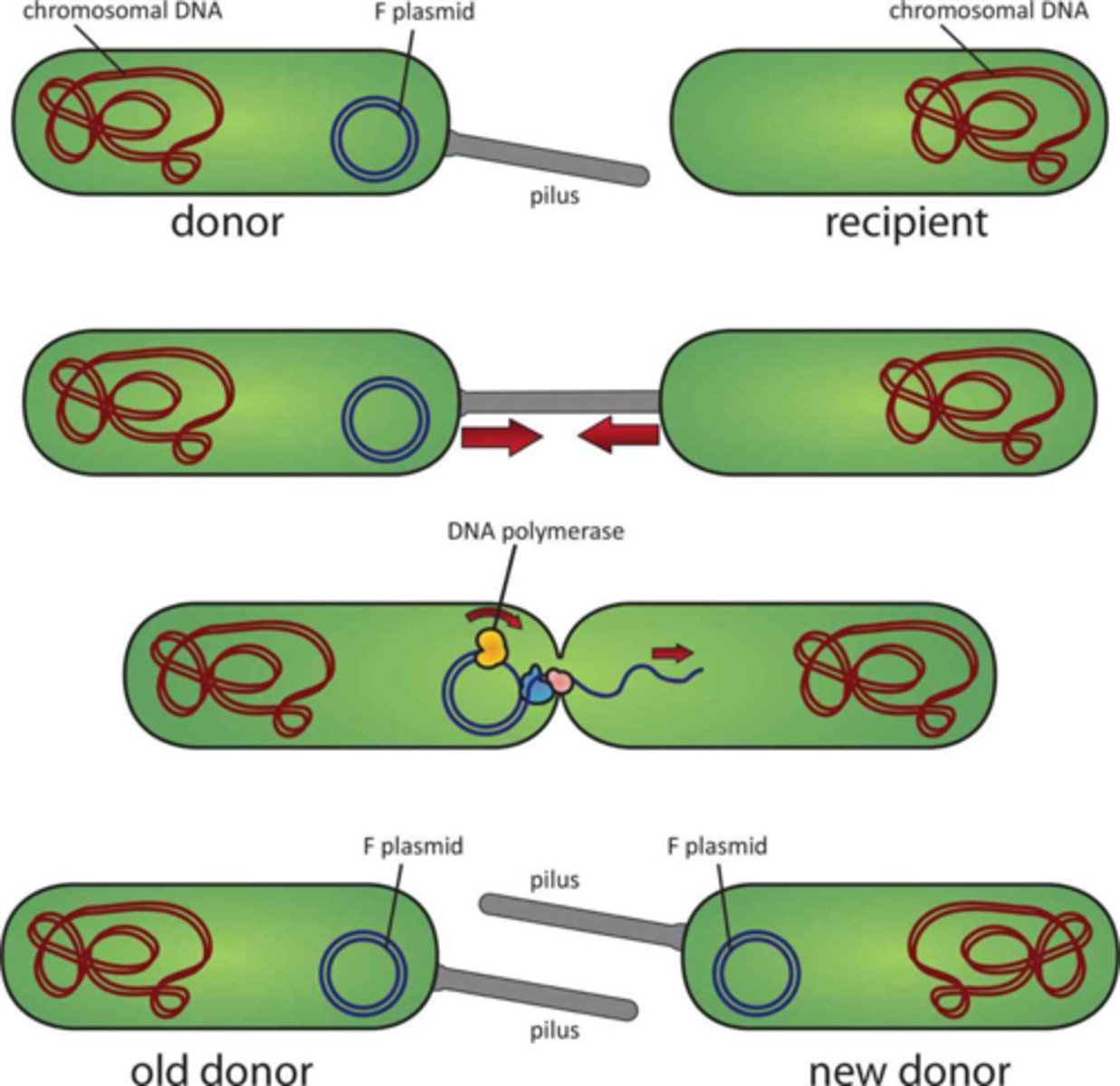
Conjugation Bridge
Prokaryotic Cells
Structure that forms between conjugating bacteria that facilitates the transfer of genetic material.
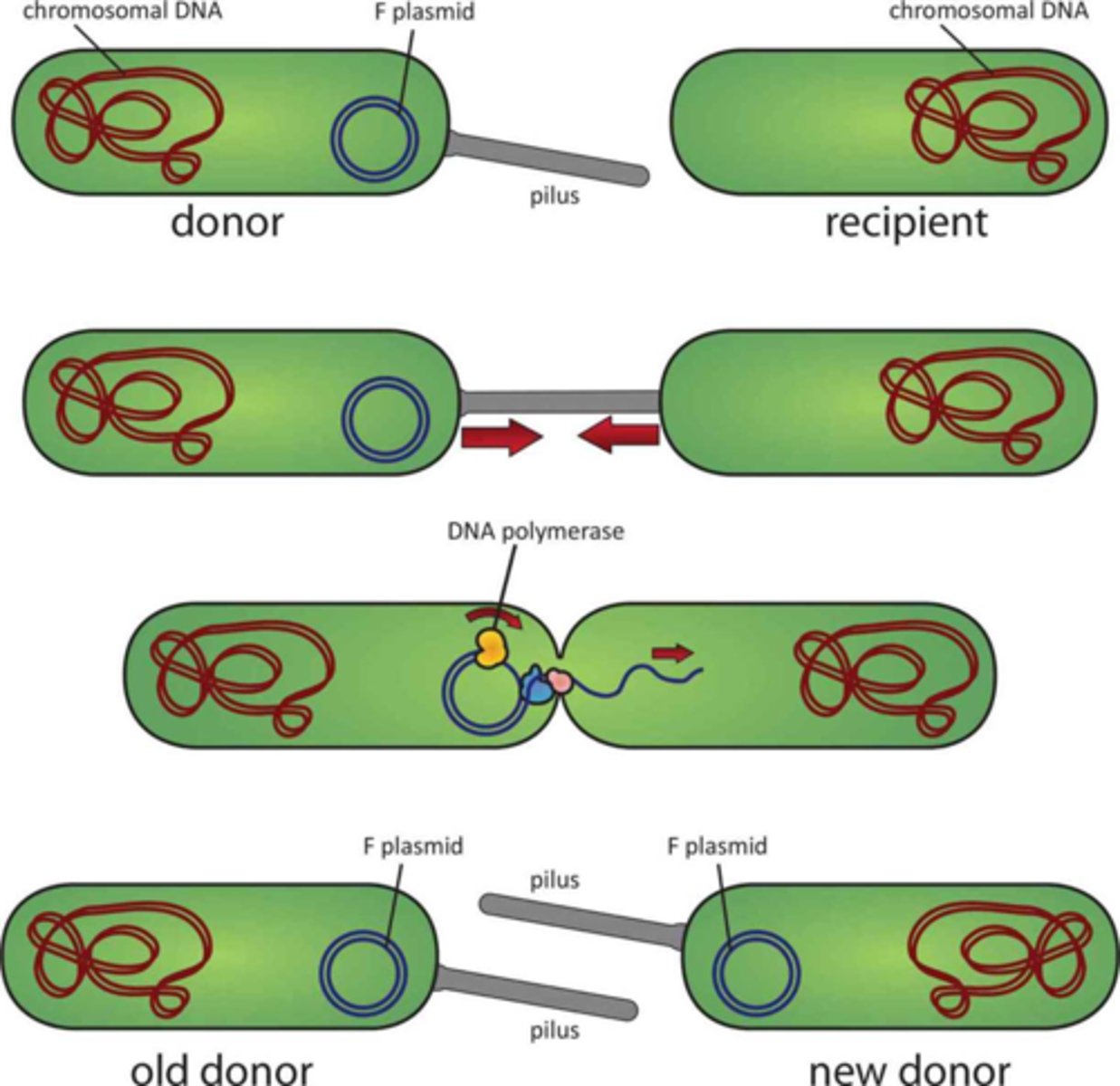
Sex Pilli
Prokaryotic Cells
Appendages on the male donor (+) bacterium that form the conjugation bridge for genetic recombination via conjugation.
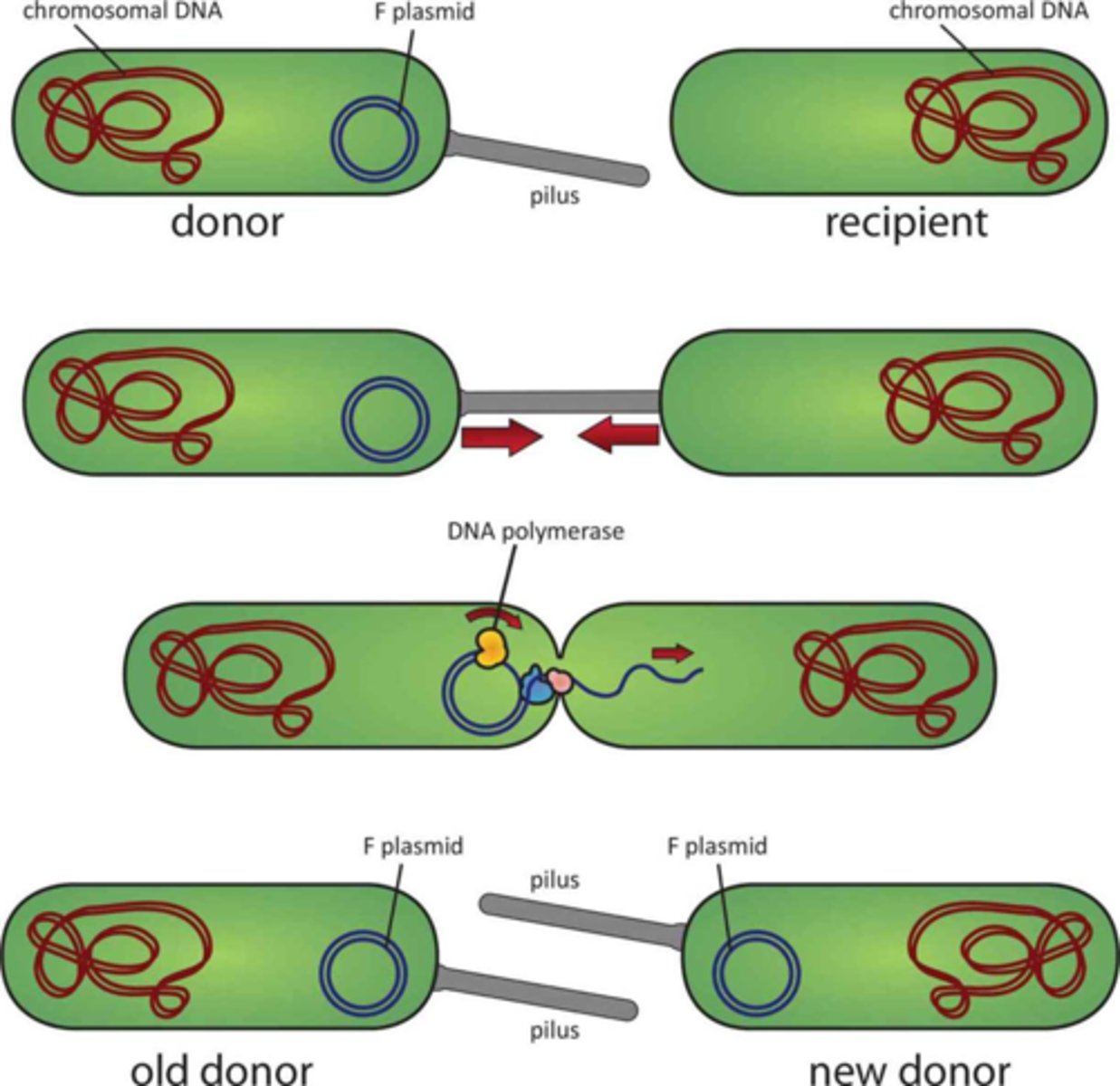
Sex Factors
Prokaryotic Cells
Plasmid genes that encode the necessary material to form the sex pilli which forms the conjugation bridge for genetic recombination via conjugation. Though it is a plasmid, it can be incorporated through transformation.
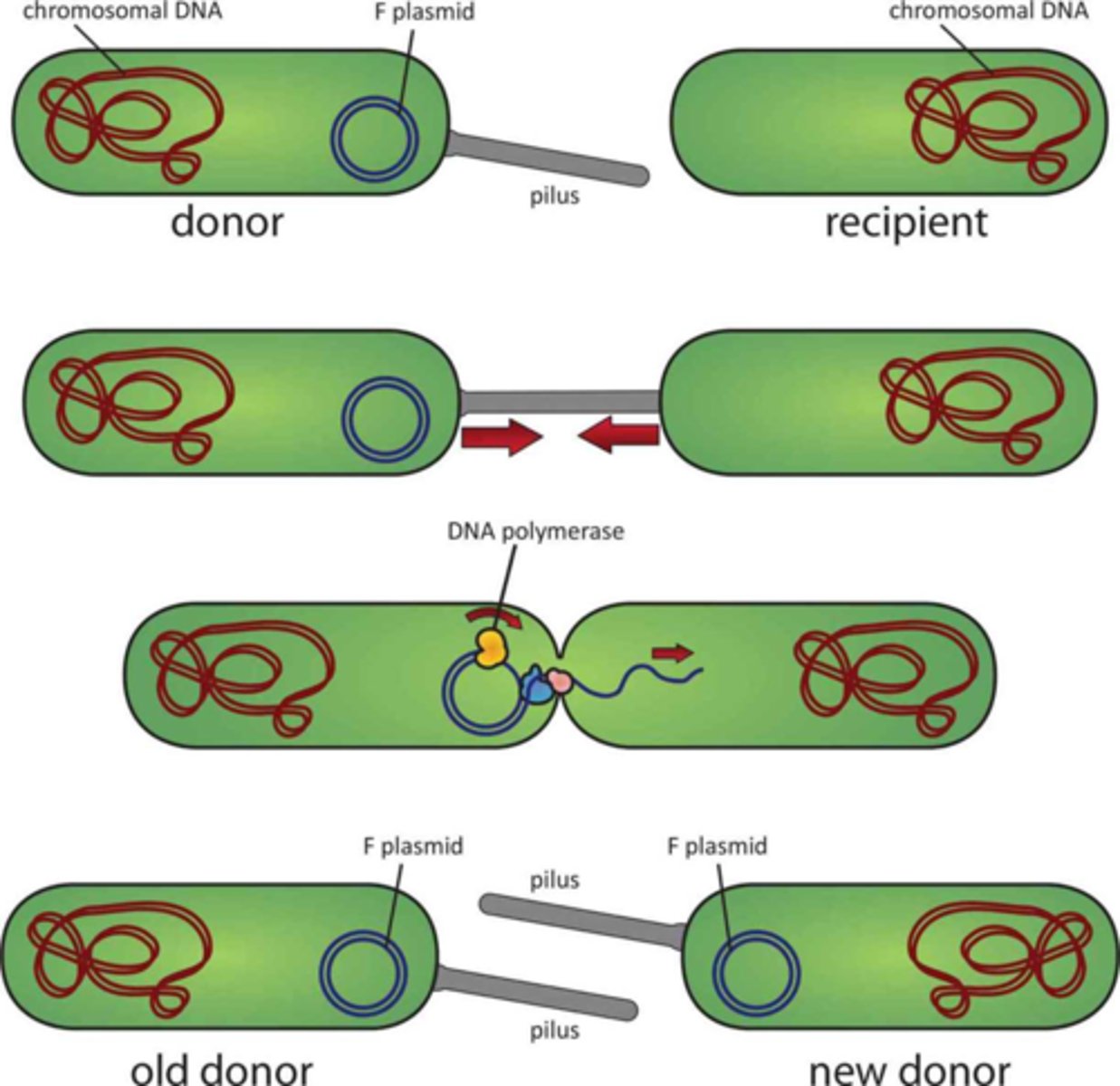
Transduction
Prokaryotic Cells
a method of bacterial genetic recombination that requires a vector, which is a virus that carries genetic material from one bacterium to another
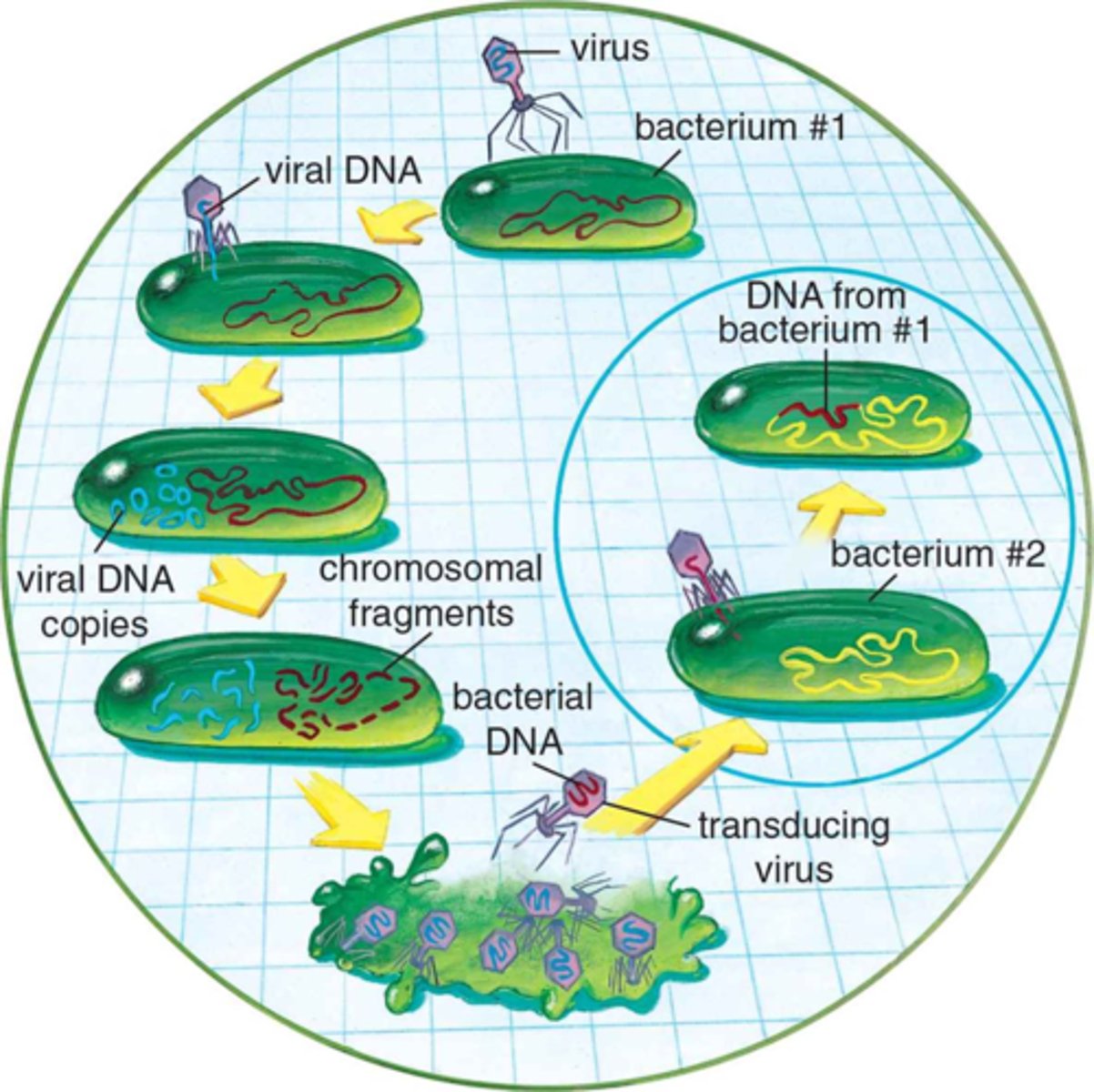
bacteriophages
Prokaryotic Cells
viruses that infect bacteria
Transposons
genetic material that is capable of inserting and removing itself from a genome; has been seen in both eukaryotes and prokaryotes; if inserted within a coding region of a gene, that gene may be disrupted
Lag Phase
Prokaryotic Cells
The bacterial growth phase in which bacteria first adapt to local conditions in a new environment.
Exponential Phase (AKA Log Phase)
Prokaryotic Cells
The bacterial growth phase where as the bacteria adapt, the rate of division increases, causing an exponential increase in the number of bacteria in the colony
Stationary Phase
Prokaryotic Cells
The bacterial growth phase where as the number of bacteria in the colony grows, resources are reduced, which slows reproduction
Death Phase
Prokaryotic Cells
The bacterial growth phase in which the bacteria have exhausted the resources of their environment and they all die
Capsid
Viruses
Viral protein coat.
Envelope
Viruses
In some viruses, it surrounds the capsid and is composed of phospholipids and viral specific proteins.
Enveloped Viruses
Viruses
Which viruses are easier to kill: enveloped or non-enveloped viruses?
Non-Enveloped Viruses
Viruses
Which viruses are more resistant to sterilization: enveloped or non-enveloped viruses?
Virions
Viruses
After hijacking the host cell's machinery, a virus will replicate and produce these progeny which can be released to infect additional cells.
Bacteriophages
Viruses
Viruses that specifically target bacteria. They do not actually enter the cell, but they inject their genetic material.
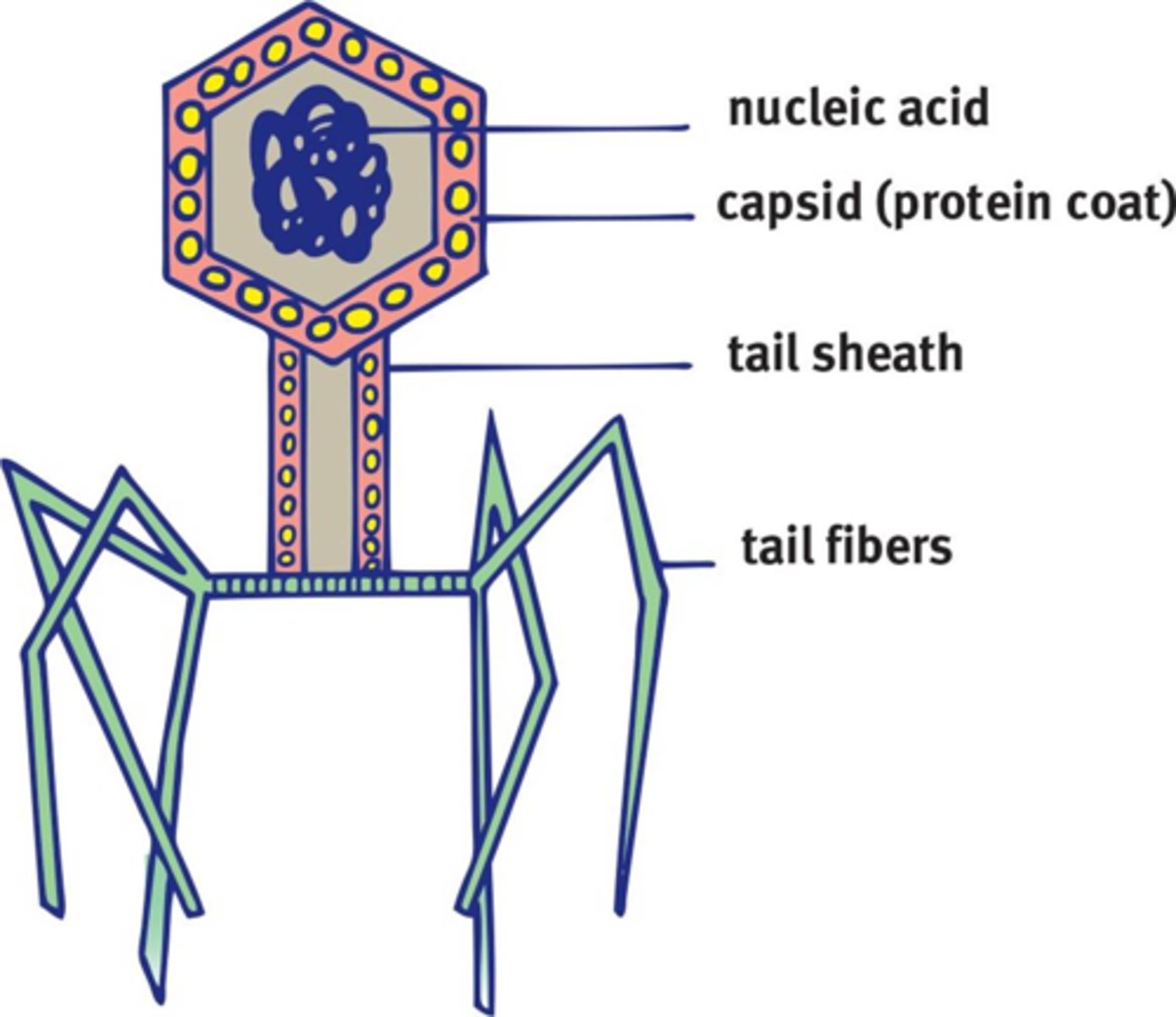
Tail Sheath
Viruses
Special structure on bacteriophages that is used to inject genetic material into the bacterium; acts like a syringe
Tail Fibers
Viruses
Special structures on bacteriophages that help the virus recognize and correct to the correct host bacterial cells.
Positive Sense
Viruses
The type of single-stranded RNA viruses that can have their genes directly translated into functional proteins by the ribosomes of the host cell just like mRNA.
Negative Sense
Viruses
The type of single-stranded RNA viruses that require synthesis of an RNA strand complementary to the negative sense strand. They must carry the enzyme RNA replicase in the virion to ensure the complementary strand is synthesized.
RNA Replicase
Viruses
Enzyme carried in the virion of negative sense RNA viruses to ensure that the complementary strand is synthesized.
Retroviruses
Viruses
Enveloped, single-stranded RNA viruses whose virion contains two identical RNA molecules. They must carry reverse transcriptase which synthesizes DNA from single-stranded RNA. The DNA product then can incorporate into the host's genome, where it is transcribed as if it were the host cell’s own DNA. This allows the cell to be infected indefinitely, so the only way to remove the infection is to kill the infected cell.
Hemagglutinin
Viruses
One of the enzymes found on the surface of the influenza virus. It is responsible for binding the virus to the cell that is being infected.
HIV
Viruses
Example of a retrovirus that exemplifies the ability of retroviruses to infect a host cell indefinitely.
infection, translation, progeny assembly, progeny release, lytic/lysogenic cycles
Viruses
name the 5 phases of the viral life cycle
binding, receptors, enveloped, virion, nutrients, endocytosis, bacteriophages, inject
Viruses
During the infection phase of the viral life cycle, viruses infect a specific set of cells by _________ to membrane proteins on the host cell. Without the proper ___________, a cell is essentially invisible to the virus. ____________ viruses fuse with the plasma membrane of a cell, allowing entry of the _______ into the host cell. Other viruses are sometimes brought in by being mistaken as ___________ via _____________. _______________ use tail fibers to anchor themselves to the cell membrane and then inject their genome into the host cell bacterium through the tail sheath.
translation, reproduce, translocation, location
Viruses
After infection, ____________ of viral genetic material must occur in order for the virus to ___________. This requires _____________ of the genetic material to the correct _________ in the cell.
capsid, virions, genome, capsid
Viruses
Once in the right location within the host cell, the viral RNA is translated into proteins, many of these being structural ________ proteins which allow for the creation of new ________ in the cytoplasm in the host cell. Once the viral __________ has been replicated, it can be packaged within the ________. This is the progeny assembly phase.
cell death, lyse, fusing, extrusion
Viruses
Now it is time for the viral progeny to be released, which can occur in multiple ways. First, the viral invasion may initiate host ____ _______ which results in the spilling of the viral progeny. Second, the host cell may _____ as a result of being filled with extremely large numbers of virions. Finally, a virus can leave the cell by ________ with its plasma membrane during a process called __________.
Extrusion
Viruses
The process of releasing virions by fusing with the plasma membrane of the host cell; keeps the host cell alive, and thus allows for the continued use of the host cell by the virus

Host Cell Lysis
Viruses
When large numbers of virions are produced, the host cell may become too large and then pop; a disadvantage for the virus because it can now no longer use the cell to carry out its life cycle
Productive Cycle
Viruses
When viruses that leave the cell through extrusion leave the host alive and can continue to replicate through its machinery, they are said to be in this state
Lytic Cycle
Viruses
When bacteriophages continuously reproduce with no regard for the life of the host cell; viruses in this phase are termed virulent
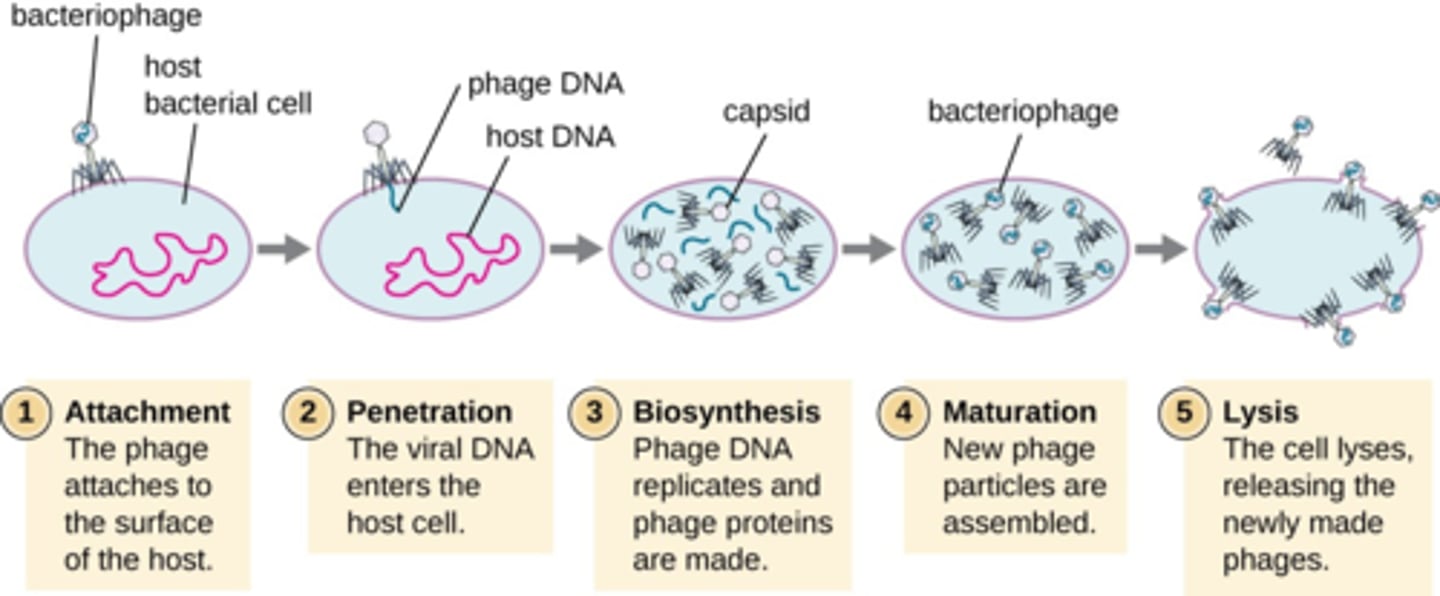
Provirus (Prophage)
In the event that the bacteriophage does not lyse the bacterium, it may integrate into the host genome as this, initiating the lysogenic cycle, allowing the host cell to continue to survive.
Lysogenic Cycle
Viruses
When a provirus/prophage incorporates into the host cell’s genome and is reproduced along with the bacteria. Eventually, environmental factors cause the provirus to leave and revert to the lytic cycle.
Superinfection
Viruses
When a bacterium becomes infected by more than one phage. Infection with one strain of phage makes the bacterium less susceptible to being infected again.
Prions
Viruses
a type of subviral particle; Infectious proteins that cause other proteins to misfold. Usually, they cause the conversion of alpha helices into beta pleated sheets. This drastically reduces protein solubility, thus causing aggregation and loss of function.
Viroids
Viruses
a type of subviral particle; Common plant pathogens that carry very short, circular strands of RNA. Bind to and silence genes in the plant genome. This prevents synthesis of necessary proteins, resulting in metabolic disruption and structural damage to the cell. A few human ones do exist such as the hepatitis D virus (HDV)